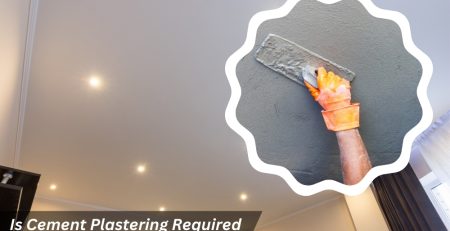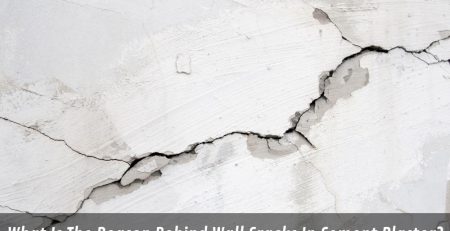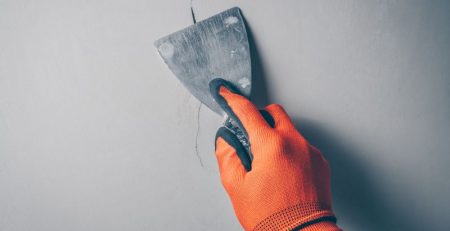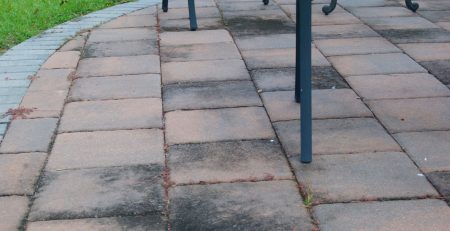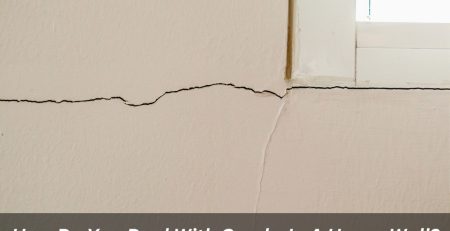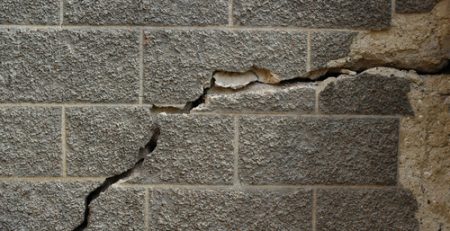Which Tools Are Necessary For Applying Cement Render?
Reviving the look of your home’s exterior or interior is easily achievable by applying a sleek and resilient coat of cement render to your walls. However, embarking on this project without the appropriate tools can leave you unequipped for the rendering process. Therefore, it’s essential to familiarise yourself with the necessary equipment. This guide will break down the essential cement render tools you’ll need, from mixing magic to achieving a flawless finish.
What are the different types of cement renderings?
Before we delve into the toolbox, let’s take a quick pit stop to understand the different types of cement renderings. Choosing the right render is akin to picking the perfect paint – it dictates the final aesthetics, durability, and even the tools you’ll need. So, buckle up as we explore the three main contenders:
- Traditional cement render: This is the seasoned warrior of the bunch, offering a rock-solid, weatherproof finish that’s ideal for shielding your exterior walls from the elements. Think of it as the timeless brick foundation of the render family. While versatile, its slightly rougher texture might not be suitable for all indoor applications.
- Acrylic render: Enter the lightweight champion! This modern marvel boasts excellent water resistance and crack resistance, making it a popular choice for both interior and exterior walls. Its smooth, flexible nature allows for a seamless finish, whether you’re dressing up your living room or revitalising your facade.
- Silicone render: The ultimate contortionist of the group, silicone render shines in areas prone to movement or moisture. Its exceptional flexibility and waterproofing make it the go-to option for basements, bathrooms, or buildings in earthquake zones. Think of it as the adaptable acrobat that can effortlessly handle even the trickiest challenges.
Remember, while most tools work across different render types, understanding their unique properties can help you optimise your tool selection. For instance, a traditional render might require a slightly sturdier trowel compared to the more delicate touch needed for an acrylic render. So, keep these characteristics in mind as we equip you with the perfect arsenal for your rendering adventure!
What basic tools do you need for any cement render project?
Forget the fear of frustration with choosing & acquiring tools! Let’s dive into the essential equipment you’ll need to tackle your cement render project with confidence.
Mixing masters
- Buckets: Choose sturdy buckets with comfortable handles for mixing render and cleaning tools.
- Drill and mixing paddle: A powerful drill with a dedicated mixing paddle ensures a smooth and consistent render.
- Hawk: This board serves as a mobile mixing platform, keeping your render close at hand.
Spreading specialists
- Trowels: Invest in a variety of trowels, from a notched trowel for applying the base coat to a finishing trowel for achieving a smooth surface.
- Floats: Depending on the render type, you might need a wooden float for smoothing the base coat or a sponge float for a textured finish.
Precision players
- Corner tools: These handy tools help create clean, crisp corners and edges.
- Level: Ensure your render is applied evenly with a reliable level.
- Sponges: Keep a damp sponge handy for cleaning tools and smoothing the render surface.
Beyond the basics: Additional tools for specialised tasks
While the core tools equip you for the essential render application, the world of advanced projects and unique finishes beckons! Here’s where optional tools come into play, unlocking new possibilities for your creative vision:
- Power tools: Tackling large expanses or thick render? Don’t let manual mixing cramp your style! Enter the realm of power tools. A mixing drill attachment transforms your trusty drill into a force multiplier, whipping up render with effortless speed and consistency. For truly epic undertakings, consider a render spray machine – it’s the Usain Bolt of application, coating vast areas with lightning speed.
- Texturing tools: Craving a touch of personality? Look no further than texturing tools! Imagine adding elegant grooves or playful patterns to your walls with trowels boasting unique designs or combs with mesmerising ridges. These tools let you express your individuality while maintaining the functionality of the render.
- Water spray bottle: Render loves a little hydration! Keep a handy water spray bottle by your side to maintain its optimal workability. A quick spritz helps prevent the render from drying out too quickly, ensuring a smooth, seamless application. Think of it as the magic potion that keeps your render pliable and cooperative throughout the process.
Remember, these are just a few examples. As you explore the world of render, you might discover even more specialised tools that cater to specific needs and desired finishes. The key is to embrace experimentation and let your creativity guide your tool selection. With the right tools in hand and a pinch of imagination, you can transform your walls into stunning works of art!
Where can you buy cement render tools?
You can find your tools at:
- Hardware stores: Most hardware stores offer a basic selection of render tools.
- Building suppliers: These stores cater specifically to construction needs and have a wider tool variety.
- Online retailers: Online stores offer convenient shopping and competitive prices, but be sure to factor in shipping costs.
Bonus tips: Maintaining and caring for your cement render tools:
- Clean your tools thoroughly after each use.
- Store your tools in a dry place to prevent rust.
- Sharpen trowels and other blades regularly for optimal performance.
Remember, even with the right tools, proper application techniques are crucial for a durable and crack-free finish. To learn more about potential causes of cracks in cement render, check out this helpful blog: What is the reason behind cracks in cement plaster?“
Are there any alternatives to buying new tools?
- Rent tools: If you’re only tackling a small project, renting tools can be a cost-effective option.
- Borrow from friends or family: Check if someone you know has the tools you need and borrow them if possible.
Conclusion
With the right tools and knowledge, you’re well on your way to achieving a stunning cement render finish. Keep in mind, that consistent practice leads to perfection, so don’t feel disheartened by initial challenges. You can turn ordinary walls into magnificent canvases, whether your preference leans towards timeless durability or modern aesthetics.
Embrace the satisfaction of conquering each step, from mixing like a pro to achieving that smooth, flawless finish. And if you ever feel overwhelmed or unsure, Jim’s Rendering Sydney is here to help! Our team of experts combines years of experience with a dedication to flawless craftsmanship. We wield the tools with artistry, transforming your vision into a reality that exceeds expectations.
Contact us today for a free quote and let our experienced professionals handle the heavy lifting. We’ll guide you through the process, recommend the perfect tools for your project, and deliver stunning results that exceed your expectations.



